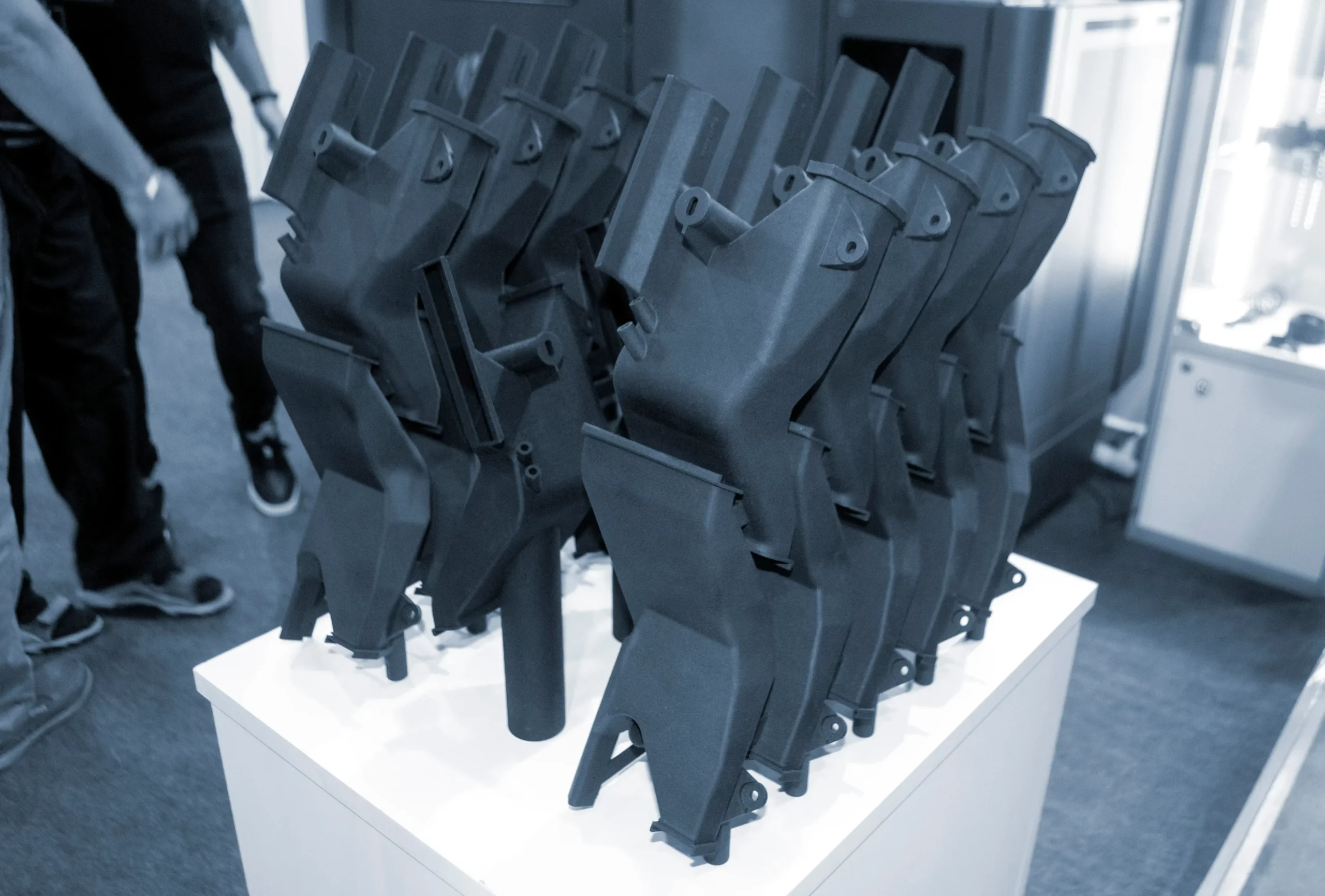
The challenges posed by the modern market require entrepreneurs to adopt increasingly flexible approaches. Factors entirely beyond a company’s control, such as international conflicts, natural disasters, or even unforeseeable situations like the Suez Canal blockage, can have a colossal impact on businesses.
Industry 4.0, also known as the Fourth Industrial Revolution, brings strategic and technological responses to these challenges, and one of them is Just-in-Time Manufacturing (JIT).
What does this concept mean, and how does 3D printing enable its implementation in businesses? We will address this question in this article.
What Is Just-in-Time Manufacturing?
Just-in-time manufacturing is a methodology developed by Kiichirō Toyoda, aiming to synchronize and streamline production processes. Its goal is to deliver products exactly when and in the quantities demanded by the market. Key pillars enabling compliance with this methodology include:
- Perfect production organization – efficient team work and resource utilization.
- Utilization of software and tools to maximize efficiency, reduce time, and cut costs.
- Minimizing overproduction.
- Striving to minimize breakdowns and defects while developing swift solutions.
- Maximum production flexibility – the ability to dynamically change priorities and tasks.
- Having a versatile and highly skilled team.
- Resource planning based on real demand.
- Ensuring the stability of the supply chain.
There might be more potential elements, and their roles may vary depending on the type of business. Regardless of the company’s specific profile, this methodology brings several benefits and prepares businesses better for the unpredictable realities of the modern market.
What Are the Benefits of Just-in-Time Production?
Adapting a company and its team to work in accordance with the just-in-time methodology can be a challenge, but the advantages it offers can certainly outweigh the effort. The fundamental change is that the company focuses on producing the exact amount of goods demanded by the market, and most of the benefits stem from this shift.
So, how does JIT impact companies that have adopted this methodology?
- Reduced inventory levels, leading to lower warehousing and inventory management costs.
- Reduced labor costs.
- Accelerated order fulfillment.
- Significant reduction in frozen assets.
- Reduction in material and equipment wastage, as well as a decrease in obsolete inventory.
Other benefits often resulting from this change include improved product quality, fewer defects, and enhanced relationships with customers.
Planning Resources with DDMRP
A methodology often associated with JIT is DDMRP, which stands for Demand Driven Material Requirements Planning. It revolves around ordering materials only upon receiving an order and setting safety stock buffers accordingly. Implementing this methodology is often a significant step toward full just-in-time manufacturing implementation.
What Is the Most Challenging Aspect of Implementing Just-in-Time Manufacturing in a Company?
A key and extremely challenging condition for implementing JIT in a company is ensuring a stable and efficient supply chain. Operating in accordance with the methodology is impossible without the assurance that necessary materials will be delivered to the company on time and in the required quality. Sudden issues with a supplier or the need to create a new product type can render the entire model ineffective.
In many companies, technological issues related to the production of parts using injection molding have often been such obstacles. While this method ensures high product quality, it comes with high initial costs (sometimes even hundreds of thousands of dollars) and a long mold production time (several months). Furthermore, once a mold is created, it cannot be easily modified, so any required design changes typically necessitate repeating the entire process.
Such complications hinder JIT implementation, especially for companies creating innovative, dedicated products for specific applications.
For a long time, alternative production methods were lacking, but in recent years, 3D printing has increasingly provided a comprehensive solution to this problem.
How Does 3D Printing Enable Just-in-Time Production?
Modern 3D printing technologies, such as HP Multi Jet Fusion, completely eliminate the issues of high initial costs and production time associated with injection molding technology. Moreover, they allow for precise manufacturing of high-quality components, even in complex geometries, which used to be a major challenge for additive manufacturing technologies a few years ago. The efficiency of these 3D printers has also significantly increased, making them suitable for even medium-scale production of electronic devices.
An example of such just-in-time production is our client, Berger & Kraft. You can read about this project here: [Link to the Berger & Kraft medical device case study.]
Of course, these same 3D printing advantages similarly support the production of components for production lines and even customized prosthetics.
Cubic Parts System as a JIT Production Tool
To maximize planning and production processes, we have developed the Cubic Parts system for our clients. Those responsible for ordering in our clients’ companies can create a complete catalog of the parts they want to create and then easily order them within the app for a specified date.
As a 3D printing company, we observe how more and more of our clients are adapting their processes in line with the just-in-time philosophy. We are pleased to see how our solutions enable them to do so. If you see potential for utilizing this technology in your company, we invite you to get in touch. Let’s see what we can do for you.


